How to Use the STAR Method Interview?
There are many possible ways to prepare for an upcoming job interview. Here’s how you can ace your interview using the STAR method.
There are many possible ways to prepare for an upcoming job interview. Here’s how you can ace your interview using the STAR method.
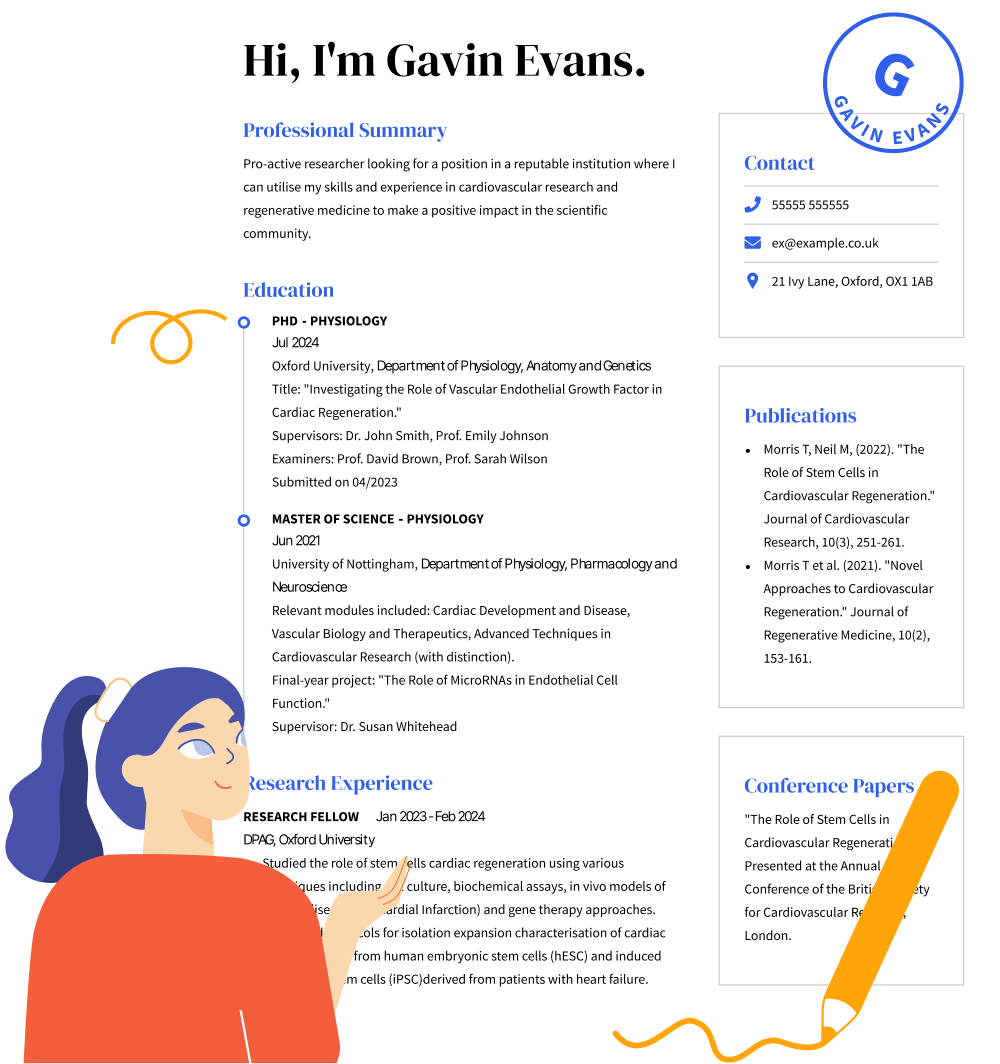
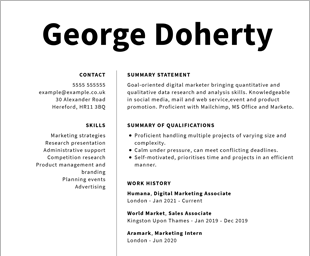
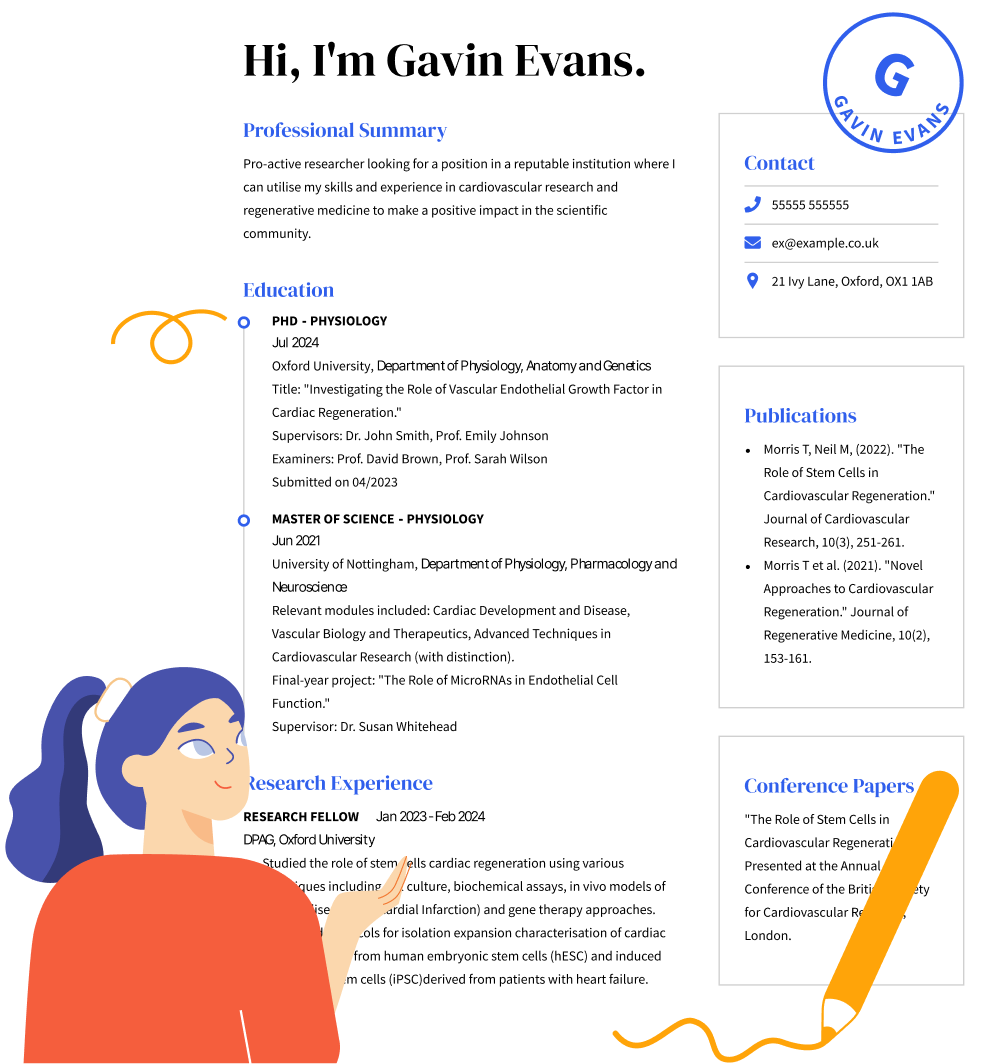
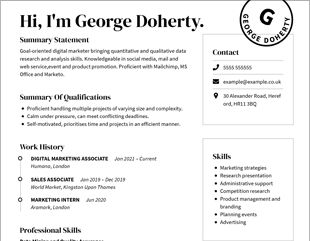
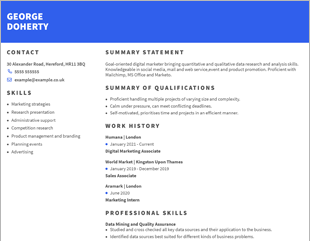
Interviews are incredibly stressful, even if you are a great fit for the job role in question. No matter how much you prepare, some questions can catch you off-guard. In fact, they may be designed to! The STAR method can help you to answer tricky interview questions well and make a strong, positive impression with hiring managers. When you utilise it correctly, the STAR technique could be instrumental in securing a job offer.
The STAR method is a job interview technique and framework which makes it easier to answer complex or subjective behavioural questions fully and efficiently. Behavioural interview questions are those which require you to give an example of your past behaviours, reactions, or accomplishments. These questions are easy to spot as they focus on actions that you have or have not taken and often start with phrases like:
● Give me an example of a time…
● Describe a moment when…
● What do you do…
● Tell me about a moment when you…
Hiring managers often ask these kind of questions because they are dynamic questions which showcase a potential employee’s skills, problem-solving abilities, and past achievements while also testing their ability to think on their feet. You should aim to answer these questions fully, clearly, and effectively; the STAR method is one way to ensure that you succeed.
STAR stands for: Situation, Task, Action, and Result. When you use the STAR technique to answer a behavioural question in an interview you should touch on each of these components in order to ensure that your answer is concise and complete.
Hiring managers may ask a range of questions during a job interview, but there are some questions which are most common. Not all of these are STAR interview questions, but you can still use the STAR method when answering them by backing up your answer with specific examples. These are the most common job interview questions a recruiter might ask:
● What skills and strengths can you bring to the position?
● Can you tell me about your current or most recent job?
● How have you handled disagreements with bosses and colleagues?
● Do you work best alone or as part of a team?
● Why are you leaving your current job?
Job seekers can ensure that they make the best impression possible by using the STAR method and providing an example to strengthen each answer. By framing your interview response in the ‘situation, task, action, result’ manner you will show competency, intelligence, and preparedness to the recruiter.
The best way to practise the STAR method for your next interview is to ask a friend or family member to pretend to be a recruiter. You can brainstorm with them to identify the topics hiring managers in your field are most likely to raise. When you are ready, your helper should ask an example question and allow you to answer using the STAR technique. The questions and answers that you use can vary, but be sure to practice answering with real-life examples. Take the time to ensure you give a full STAR response, and highlight the results of your actions in a positive way.
Here is an example of the STAR method in action:
Q: Give me an example of a time when you managed a stressful situation well.
A: In my previous job, I had to process a customer complaint wherein we, the company, were at fault. Our staff had damaged their goods during delivery and the customer was incredibly angry. Furthermore, the goods were needed for an upcoming event. I apologised to the customer and assured them that I would do everything in my power to resolve the situation. I began by ensuring that we had replacement goods for the customer and arranged expedited delivery so that they could receive their goods for the event. I also offered to refund their shipping costs to account for the inconvenience. Though the customer was still unhappy about the initial damage, they were pleased with the solution and thanked me for acting quickly and decisively on their behalf.
In this example, the stressful situation is a customer complaint and the task is to rectify the company’s mistake. The action taken is the replacement of damaged goods and the waiving of shipping fees while the result is that the customer calms down, feels that they have been listened to, and accepts the resolution. The specific situation you use to answer a question is only half of the battle, of course, because the recruiter will also be considering how you answer. Stay positive, especially if you discuss a previous co-worker or your old boss, and even if your experience with them wasn’t entirely positive.
As well as practising your STAR technique for the job interview questions, it is important that you make a note of any questions you would like to ask hiring managers. The first interview is not the right time to ask about salary and benefits, but if you have questions about the role your recruiter will be happy to answer. You should also take some time to identify a great interview outfit – what you wear to a job interview is important! Beyond this, you should simply try to get a good night’s sleep so that you are at your best during the interview.
There is no way to know which precise questions your interviewer will ask, but the STAR method can help you to answer virtually any question more fully by providing supporting examples of previous work situations. Try to keep the majority of your answers concise, however, and save in-depth STAR answers for behavioural questions – these are the questions which are best suited to STAR technique answers.
They might, but they are most likely to ask about things that were not found in your CV or cover letter. This is why it’s a good idea to note down anything you think may need more context or elaboration. If you are asked about your CV, it is a bad idea to simply reiterate the information it contains. Instead, you should try to address any obvious gaps.
We personalize your experience.
We use cookies in our website to ensure we give you the best experience, get to know our users and deliver better marketing. For this purpose, we may share the information collected with third parties. By clicking “Allow cookies” you give us your consent to use all cookies. If you prefer to manage your cookies click on the “Manage cookies” link below.